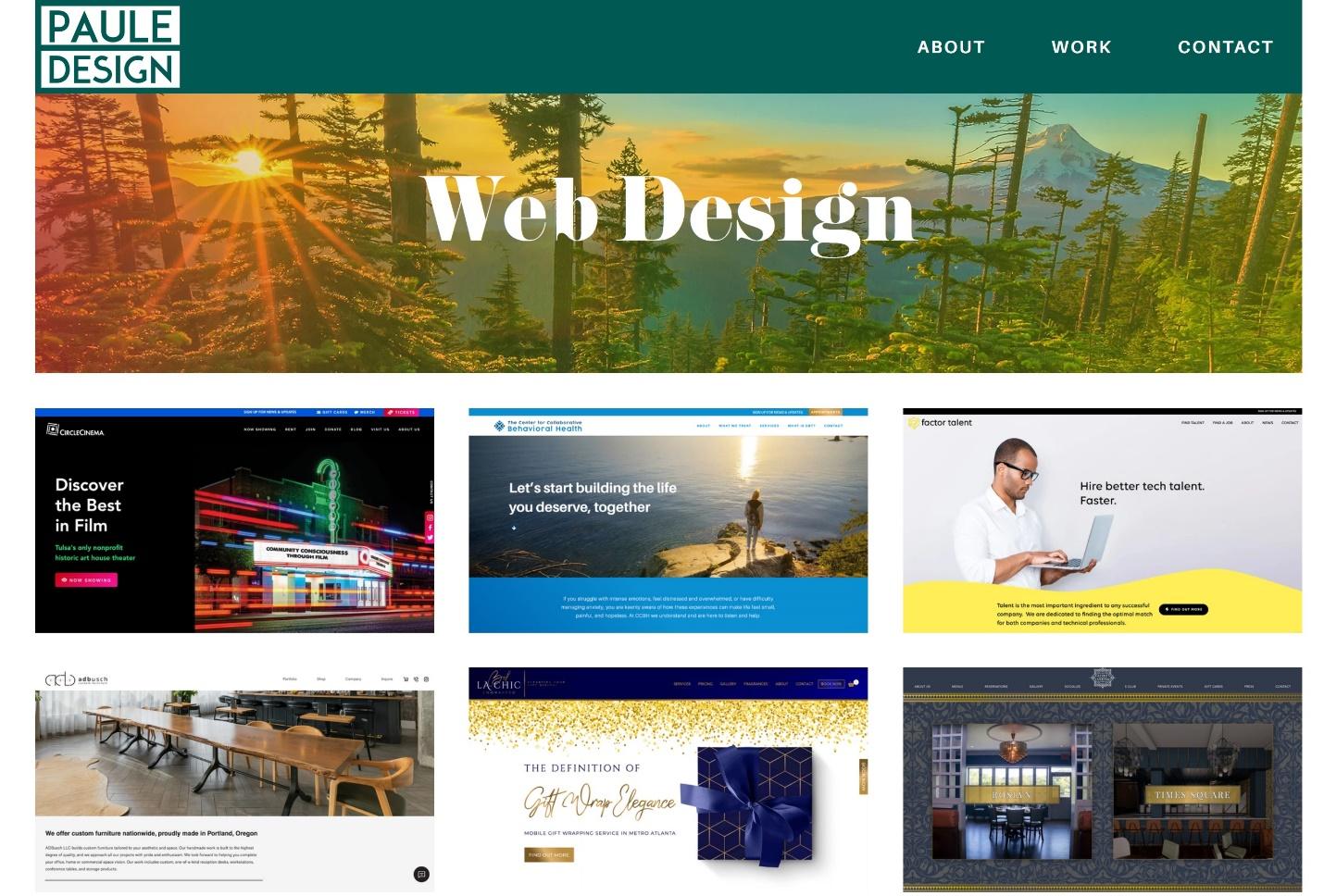Pixels and Revenue: The Monetary Impact of Quality Web Design on Your Company

In today's the digital world, the importance of website design for a business cannot be overstated. With consumers increasingly turning to online platforms for shopping, information, and services, a professionally designed website has become essential for drawing in and retaining customers. A compelling web site not only showcases a brand’s image but also serves as a key touchpoint where initial perceptions are formed. A smooth and accessible interface, visually appealing visuals, and effective navigation are just a few of elements that can improve the overall experience, ultimately influencing customer choices.
Spending in high-quality web design is not just an artistic choice; it directly impacts a company's bottom line. Research consistently shows that users are more likely to trust and engage with beautifully designed websites. In a competitive market, a strong online presence can set apart a business from its rivals, leading to increased traffic, greater conversion rates, and improved customer loyalty. As such, grasping the intricate relationship between web design and financial performance is vital for any business aiming to thrive in the digital age.
Why First Impressions Matter First Impressions
In the virtual landscape, a web presence often serves as the first point of contact between a brand and prospective customers. This initial engagement can substantially shape impressions and impact customers’ choices. An appealing and thoughtful web design grabs users' attention, communicates professionalism, and creates trust from the moment they land on the page.

A striking website layout plays a crucial role in keeping visitors. If users find a site that is cluttered, old-fashioned, or lagging to load, they are prone to leave in search of a more pleasant experience. Good web design not only attracts users but also holds them interested, inviting exploration of products or services offered. Successful design elements, simple navigation, and intuitive layouts facilitate a favorable user journey, making it easier for visitors to get the information they need.
In addition, a positive first impression can lead to increased conversion rates. When a website shows the brand's identity through cohesive graphics and a thoughtfully designed structure, it can enhance the overall customer experience. This connection fosters loyalty and boosts the likelihood of repeat business. Committing funds in quality web design is, therefore, not just an aesthetic choice; it is a calculated decision that can drive revenue and growth for a company.
ROI from Quality Design
Putting money into quality web design has the potential to greatly improve a business's ROI. A professionally designed and aesthetically pleasing website not only draws in visitors and converts them into customers. Research have demonstrated that users frequently judge a company's credibility based on its website design. As a result, a well-crafted site may lead to increased trust and, ultimately, superior sales figures.
Furthermore, exceptional web design optimizes user experience, which is crucial in the modern competitive market. When users perceive a website user-friendly and attractive, they are more inclined to stay longer and connect with the content. This improved user engagement often results in lower bounce rates and higher conversion rates, meaning that businesses obtain more value from the identical amount of traffic. Allocating resources for web design is, therefore, a strategic move that may translate into tangible financial benefits.
Finally, effective web design also plays a crucial role in SEO. A well-designed site that is optimized for speed and is responsive can enhance a business's position on search engines. Higher rankings lead to greater visibility, which attracts more potential customers. In this way, the financial impact of a considerate design spans beyond immediate sales, adding to long-term growth and sustainability for the business.
Developments in Online Design That Enhance Conversions
In the competitive online ecosystem, web design trends are continuously evolving to enhance user experience and drive conversions. One significant trend is the use of adaptive design, which ensures that websites adapt effortlessly to various screen sizes and devices. With an increasing number of consumers browsing on mobile devices, having a mobile-friendly site is no longer a choice. A responsive design not only elevates user experience but also influences search engine rankings, leading to greater visibility and boosted traffic.
Another trend that significantly increases conversions is the adoption of minimalism. By clarifying layouts and focusing on essential elements, businesses can decrease clutter and make it easier for visitors to navigate their sites. This strategy allows users to quickly discover information and makes calls to action more noticeable. As a result, sites that embrace minimalism often see greater engagement rates and higher customer action rates, as users are less distracted and more likely to fulfill desired actions.
Lastly, incorporating customized user experiences through the use of data is becoming increasingly popular in web design . By studying user behavior and preferences, businesses can adjust content and recommendations to individual visitors. Features such as adaptive content and personalized product suggestions can be effective tools in guiding users through the purchasing journey. This personalization not only boosts user satisfaction but also significantly increases the likelihood of conversions, as visitors feel more valued and served by the brand.
